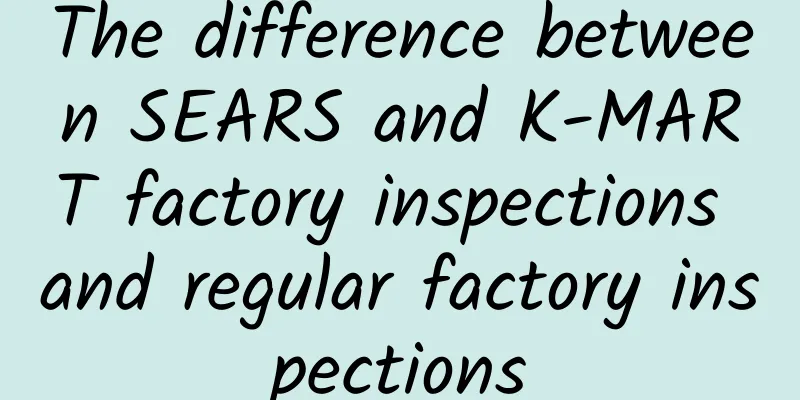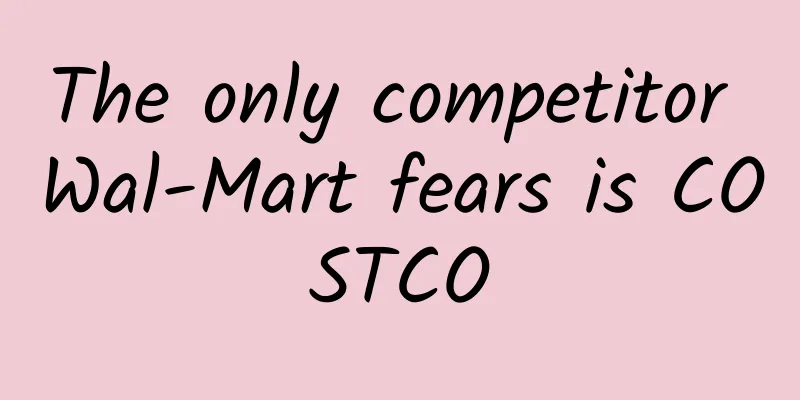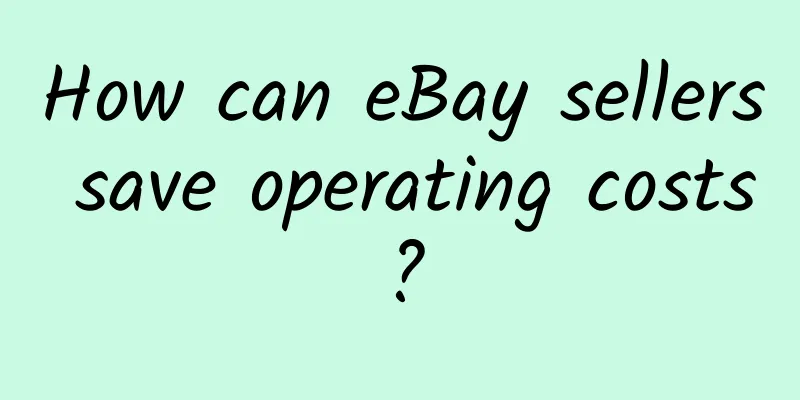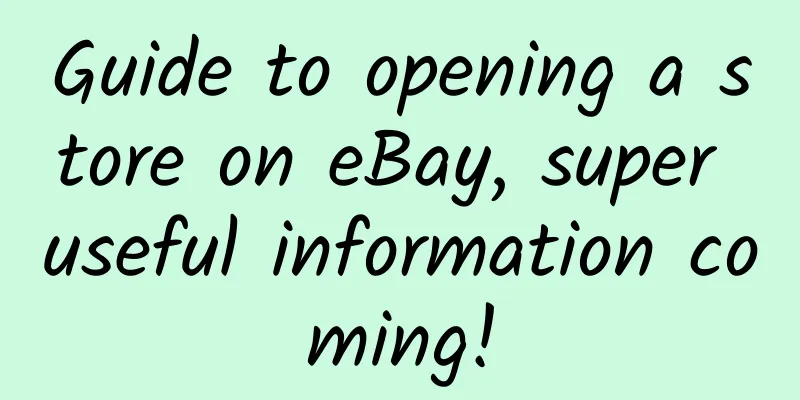How do eBay sellers plan boutique product lines?

|
1. Sales volume: Find out the product SKUs that account for 80% of sales volume. Method: Pull out the sales quantity data within several time periods, and then filter out the SKUs whose cumulative sales are equal to 80% of the sales in that period according to each sales data. Then merge the data obtained in these time periods and pick out the same ones. These are 80% of the product SKUs. 2. Profit: Find out the products that account for 80% of the gross profit. Method: Same as the above method, select the product SKUs whose cumulative profits reach 80% of the theoretical total of the time period, merge the SKUs selected in these time periods, and then select the same ones as the product SKUs that account for 80% of the profits. 3. Find out the duplicates in these two SKUs. The final SKUs are the most important S grade. The overlaps represent the most important Grade D. If there are no overlaps, we need to eliminate the products that have degraded in the past year or half a year, and then we can consider the key products and Grade A, which are the key SKUs. Through the above three steps, we have selected the D-level and A-level SKUs. 4. Those that do not overlap are either previously hot-selling products or newly launched products, and require manual product judgment. The remaining 80% are manually filtered again, and those with overlapping profits and sales in the most recent month are also added to the (D) level. 5. For the remaining 20% of SKUs, use historical data and manual screening. That is, call up the data from one year ago, six months, nearly three months, and nearly one month, and take out 80% of the sales volume and profit data in the same period as Class B. Let's look at the relationship between the data. If the product has had a hot-selling period and is still hot-selling in the market, then it is your own problem and you should retain the B level. If the product has never been hot-selling and is not doing well in the market now, then it should be eliminated at level C. 6. After finding this data, what you need to do is: 1. Pick out those SKUs in grades D and A, which require capable maintenance personnel to follow up and grasp the market share. 2. Find out Class B and ask maintenance personnel to analyze the specific causes and dissect the problems to avoid the recurrence of problems when developing new products. 3. For the remaining Class C items, we will arrange personnel to conduct clearance auctions for the next buyers, and at the same time do related promotion work for the auctions. 4. Focus your energy on the key products classified as the highest level AD, which are the products that require daily maintenance. Analyze the supply chain and market competition, optimize current suppliers (optimize prices and inventory), optimize listings, provide pictures and texts, and classify them accurately. Stock all current accounts and sites, insist on auctions, and do some overseas warehouses as appropriate. 5. Put the other LISTINGs aside for now. After you understand the key products, cultivate the key points from other non-key ones and then add them to the key points. 7. In addition, products that have been on the shelves for no more than 30 days will be protected as D-level SKUs, and will return to normal after 30 days. In this way, we need to do a rating every month to remove the bad ones, add the best ones, and make the data and SKU active. The SKU gross profit and sales share will basically account for about 90% of the total number of products. (This is why some stores have a small number of products but they are all high-quality and each product has a good sales volume.) 8. Cultivate D’s products in B Product channel advantages, logistics channel advantages, supply chain integration advantages, and account performance advantages are the greatest competitive advantages. The hot-selling success lies in scale and the following points: 1. Product channel advantage: For example, if the purchase price of product A is 40, the price can be 35 if it is sold in large quantities, and the payment period is not ordinary. The logistics channel advantage discount and the overseas warehouse local delivery discount are already 20-30% higher than your same cost; 2. Supply chain advantage: Big sellers cannot be affected by factory delivery time, as their volume is basically more than 50% of that of factories. Generally speaking, factories give priority to their goods, and the company's internal procurement, warehousing and distribution are all complete and strong supply chains; 3. The account advantage is: there are many accounts, and there are big accounts to support them, or use the account rotation battle, or the Optimus Prime-style tumbler account! These are advantages formed before entering the market. Without this advantage, there is no way to carry out goods in a vast ocean of SKUs. Only by focusing on D- and A-level SKUs to develop cost channel advantages can it be operated. |
<<: How to deal with negative reviews on eBay
>>: How to optimize keywords in eBay product titles?
Recommend
OBP ocean plastic certification is divided into three types of ocean plastics
OBP marine plastic certification, marine plastic ...
What exactly is RAF certification?
RAF (Responsible Animal Fiber) is translated as t...
SA8000 Certification Fees
SA8000 stands for Social Accountability 8000, a s...
What types of Yahoo stores are there?
What types of Yahoo stores are there? Simple vers...
What is the factory's self-inspection process for SEDEX factory inspection?
The problems with the SEDEX factory inspection se...
Birchbox--cosmetics trial pack platform
What is Birchbox? Birchbox is a subscription-base...
The most complete definition of CmiA is here!
CmiA Cotton Cotton produced by CMIA-certified cot...
eBay Germany's return policy
In the process of e-commerce transactions, return...
How about Jindai Freight? What are the advantages of Jindai Freight?
How about Jindai freight forwarding? Jindai Techn...
Common chemical problems and solutions in BSCI factory audits (I) Chemicals without leak-proof secondary containers
Problem phenomenon: The liquid chemical container...
How to use Super Store Manager? What are the functions of Super Store Manager?
All cross-border e-commerce sellers should learn ...
How is Dongguan Cross-border E-commerce Association? What brand services does Dongguan Cross-border E-commerce Association provide?
The Dongguan Cross-border E-commerce Association ...
One of BESTSELLER's brands——ONLY
ONLY targets young women aged 22 to 35. They are o...
BSCI Supplier Audit Procedure
BSCI supplier audit is a complex and highly syste...
Labor Process in FS Factory - Control - Standards
In the process of economic globalization over the...









